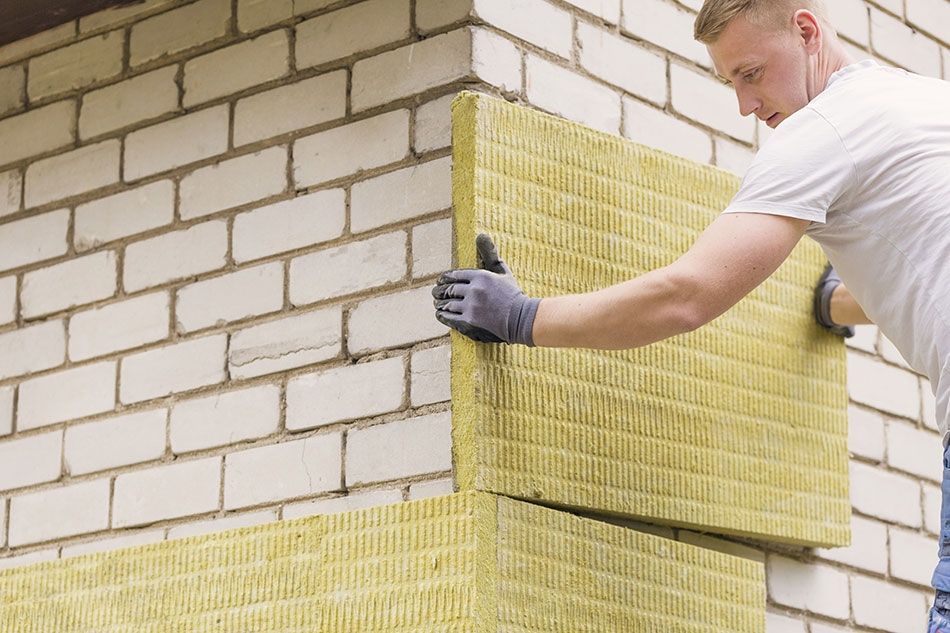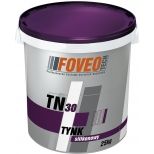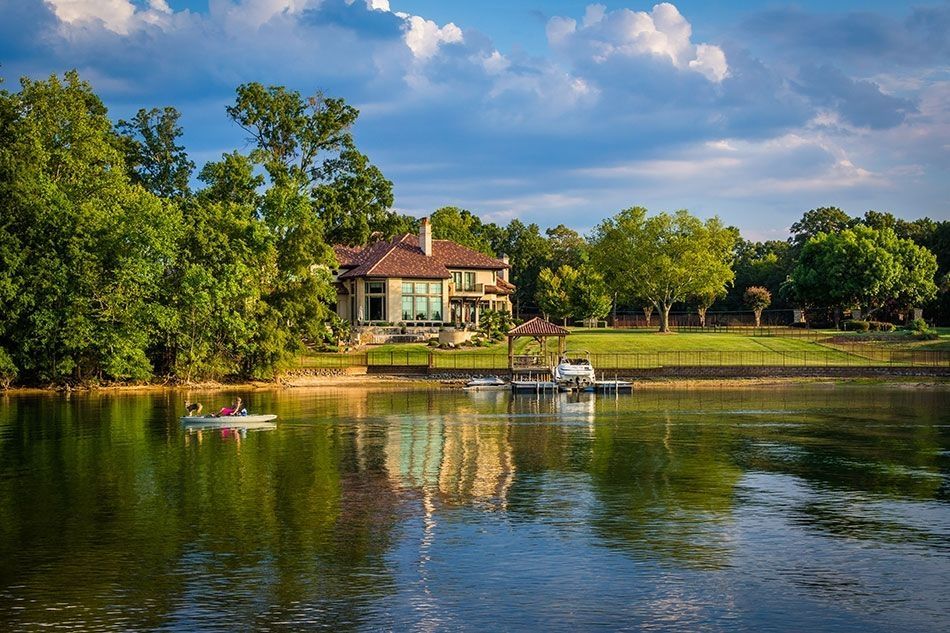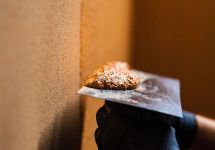Acrylic vs. silicone plaster - get to know the core differences
Which thin-layer plaster to choose is one of the most important decisions during walls insulation. This time we are going to compare acrylic and silicate products. As we will find out, the price does not determine the core difference between them.
The basic difference between acrylic and silicone plaster
The most important difference is vapour permeability degree, i.e. diffusion resistance. Acrylic plasters form a water vapour barrier (feature high diffusive resistance), whereas silicone ones are vapour permeable. Consequently, acrylic plasters are not suitable for mineral wool insulation, whereas silicone can be applied both on polystyrene and mineral wool. Acrylic plasters are not intended as a finishing layer for thin-layer walls of aerated concrete blocks and porous ceramics, where the thin-plaster is applied as the final finishing layer onto the traditional cement and lime plaster. Also, it is not suitable for renovating dampened walls, as they prevent water from evaporation. It’s worth pointing out, that this principle also applies to facade acrylic paints.

The aforementioned limitations must not be neglected as it may lead to increase of thermal-insulation material moisture, fungi development and plaster coming off the facade. The problem is that water vapour in the air always penetrates the exterior walls. The peak is during the heating season, when temperatures between the interior and exterior are significant. However, contrary to common belief to provide so called “breathing walls”, it’s not about ensuring a large amount of water vapour. An issue is a situation when vapour penetrates the wall from rooms, but cannot leave it. Consequently, its concentration is increased and water starts condensing. A typical example is a thermal insulation covered with thin-layer plaster. If it is mineral wool, which features very little diffusion resistance, also subsequent layers, i.e. a reinforced adhesive layer, thin-layer plaster and a paint must be vapour permeable. They are mineral, silicone and silicate plasters. Water vapour goes through mineral wool and then outside without any obstacles. What happens when mineral wool is covered with an acrylic plaster? Vapour penetrates the wool but cannot leave it as it is blocked by the plaster. Consequently, the thermal insulation is subject to dampening as the vapour starts condensing (the temperature under the plaster layer is low, close to the environment temperature). Dampened wool loses its thermal insulation properties and creates conditions suitable for development of fungi.

In case of polystyrene insulation usually there is no problem with vapour permeability and there the acrylic plaster is suitable. Simply, polystyrene features very high diffusion resistance and only small amount of water vapour is able to penetrate it to the plaster. We use the word “usually”, as in peculiar cases, for example, while insulating walls of aerated concrete blocks with a thin polystyrene layer (e.g. 5 cm), it may lead to moisture condensing under the plaster. Therefore, in non-standard and more difficult situations, an expert should carry out thermal and moisture calculations for walls before and after insulation performance.
The differences between acrylic and silicone plasters
Other differences between acrylic and silicone plasters are no longer of fundamental importance. Silicone plasterSilicone plaster TN 30 Silicone RenderSee more is a lot more resistant to dirt and in areas exposed to rain it can clean itself (so-called self-cleaning effect) . Thus, silicate plaster is a far better choice in areas where air is polluted, close to busy roads etc. Acrylic plaster can be washed e.g. using a pressure washer, but it is not an easy task to do, particularly in case of a multi-storey building.
TN 30 Silicone RenderSee more is a lot more resistant to dirt and in areas exposed to rain it can clean itself (so-called self-cleaning effect) . Thus, silicate plaster is a far better choice in areas where air is polluted, close to busy roads etc. Acrylic plaster can be washed e.g. using a pressure washer, but it is not an easy task to do, particularly in case of a multi-storey building.

 TN 30 Silicone RenderSee more are also more resistant to algae and fungi development. This is partly because dirt finds it difficult to adhere to its surface, moreover, silicone contains a biocide additive - a substance preventing fungi. The advantage of acrylic plasters in on the decrease, also the ones enriched with the said additives.
TN 30 Silicone RenderSee more are also more resistant to algae and fungi development. This is partly because dirt finds it difficult to adhere to its surface, moreover, silicone contains a biocide additive - a substance preventing fungi. The advantage of acrylic plasters in on the decrease, also the ones enriched with the said additives.
What do acrylic and silicate plasters have in common? Above all, they feature high resistance to water and are available in a wide range of colours.
